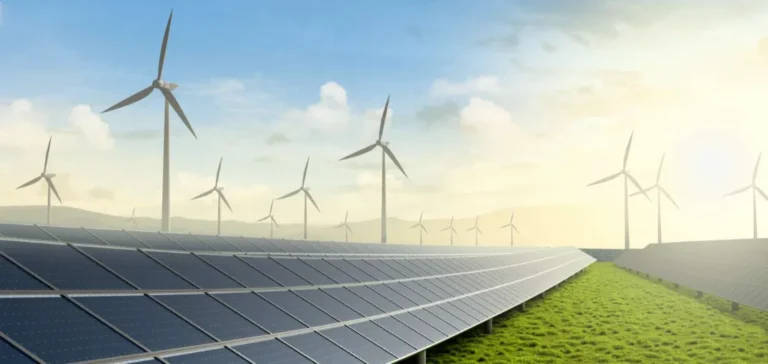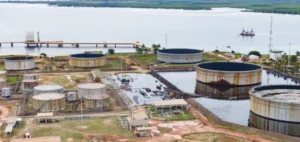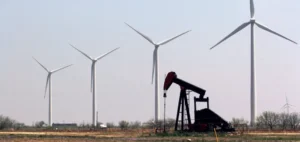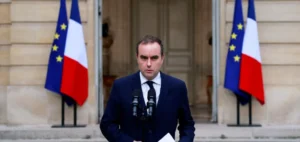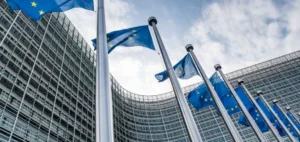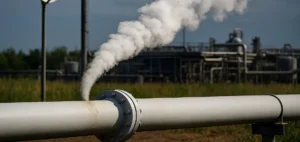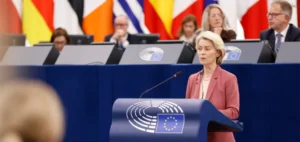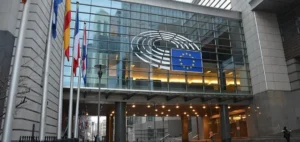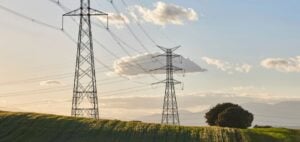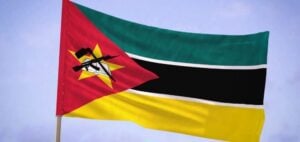Global climate finance reached $1.9tn in 2023, doubling since 2018, but remains far below estimated needs to meet the 1.5°C target. The study by Özlem Onaran and Cem Oyvat shows that despite this increase, structural imbalances persist, including a strong bias toward mitigation (85%) over adaptation (9%), which is critical in the most vulnerable countries.
Persistent regional and sectoral disparities
Least developed countries received only 20% of global climate finance in 2023, although they face the highest climate risks. Most private funds are concentrated in advanced economies, with only 15% flowing to emerging markets and developing economies excluding China. In these regions, public finance accounts for 88% of flows, reflecting their heavy dependence on external aid.
By sector, 72% of financing was allocated to energy and transport—male-dominated sectors—while agriculture, forestry, and land use, essential for food security and biodiversity, received just 2%. This uneven distribution has direct consequences for gender equality and the overall effectiveness of climate policy.
Financial instruments misaligned with local realities
More than 90% of climate finance in 2023 came in the form of debt or equity with market-rate return expectations. Concessional finance—vital for low-income countries—fell to 7%, down from 12% in 2022. This limits fiscal space and disproportionately affects women, who face greater credit access barriers.
Low-return, high-impact areas like nature-based solutions or care infrastructure attract little private investment. The authors note that the mismatch between available financial instruments and real needs hinders progress toward climate and economic resilience.
National initiatives aligning social and climate objectives
Some countries are developing integrated approaches. In the Maldives, a gender-responsive climate finance strategy was adopted in 2023, combining gender equality and climate resilience in budget planning. In India, the Pradhan Mantri Ujjwala Yojana programme subsidised access to household gas for low-income women, reducing indoor pollution and unpaid labour burdens.
Ireland integrated just transition measures into its carbon pricing policy, reallocating tax revenues to support vulnerable households, including children in energy poverty. This redistribution improves the social acceptability and effectiveness of climate strategies.
Redirecting inefficient public expenditures
Fossil fuel subsidies represent a major inefficiency, amounting to $1.3tn in 2022. Morocco, for instance, cut subsidies from $5.2bn in 2011 to $1.1bn by 2016, reallocating savings to renewable energy. These reforms laid the groundwork for large-scale investments with long-term climate and social benefits.
Budgetary tools such as Integrated National Financing Frameworks (INFFs) help align climate goals with social priorities. This facilitates the integration of Sustainable Development Goals into national financial planning.
Local governance remains marginalised
Despite their key role in adaptation, local governments receive little direct funding. Community-based solutions like urban gardens or resilient care infrastructure are seldom included in financing plans. In Quezon City, Philippines, authorities have begun integrating caregiver needs into emergency planning, but such initiatives remain rare.
The authors call for a redefinition of efficiency to include long-term social and environmental benefits. They argue that integrated approaches are essential to maximise the impact of limited public resources, while improving social cohesion and economic resilience.


